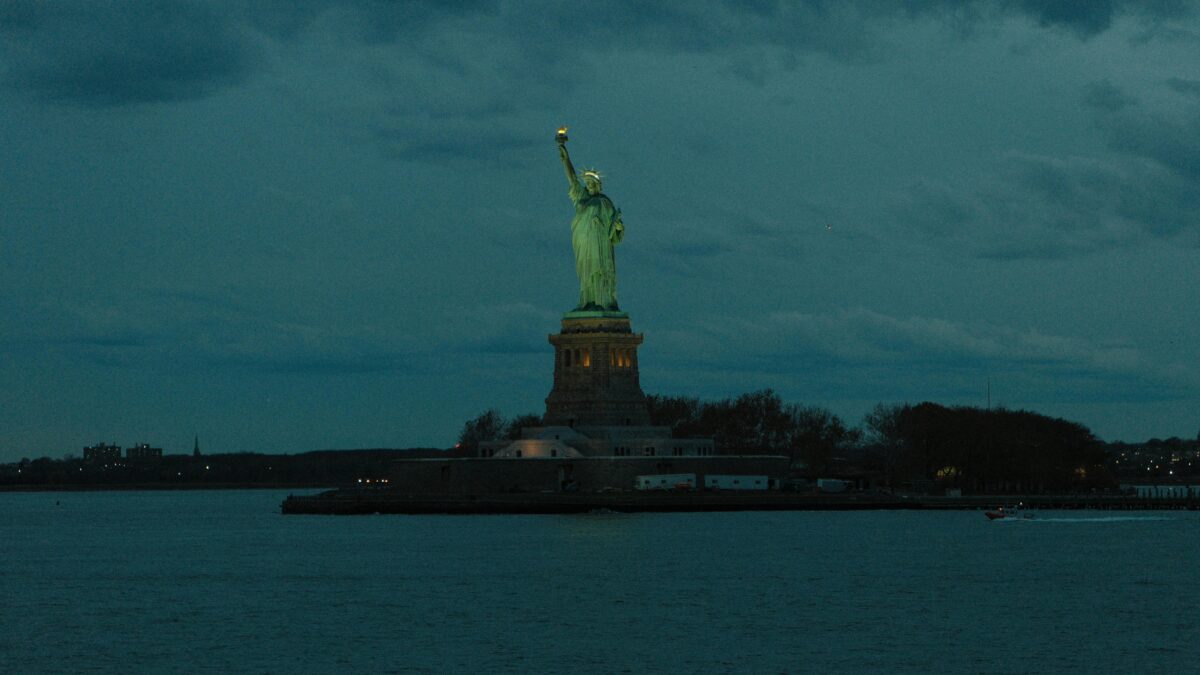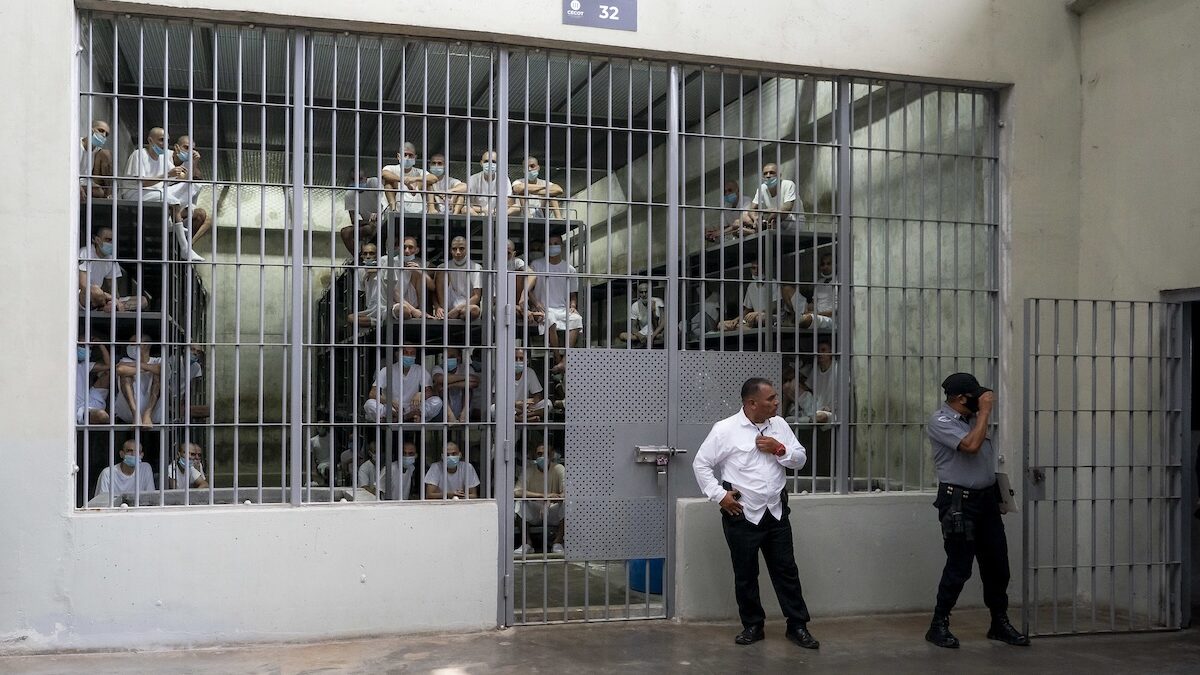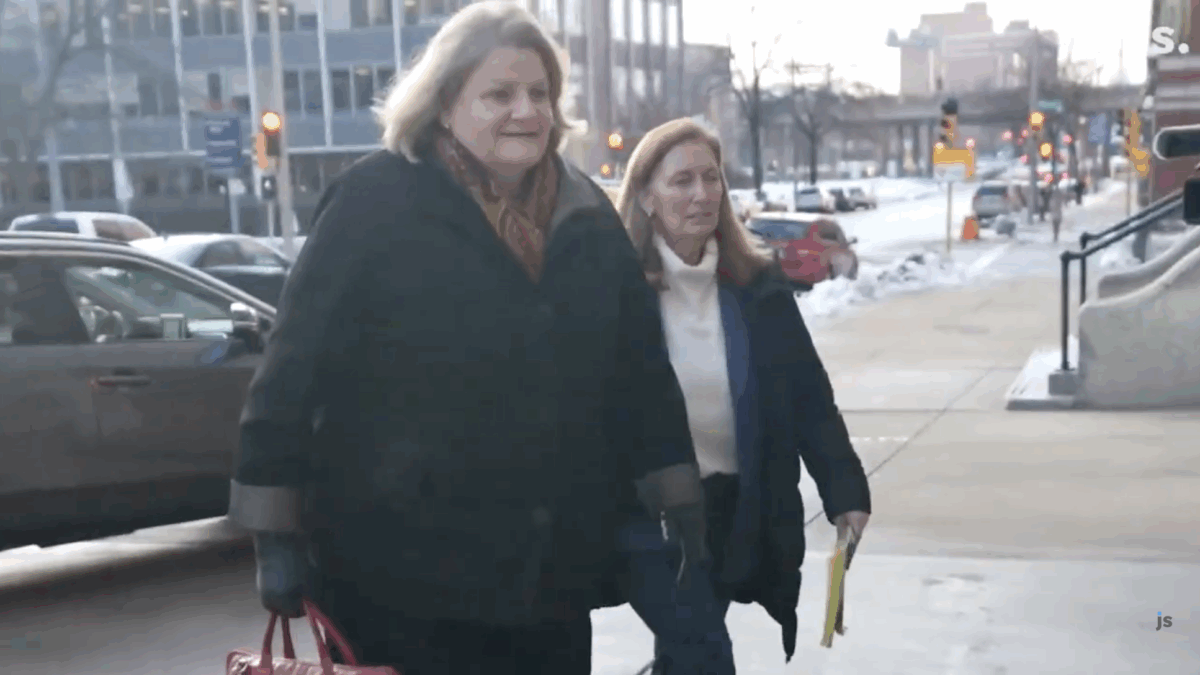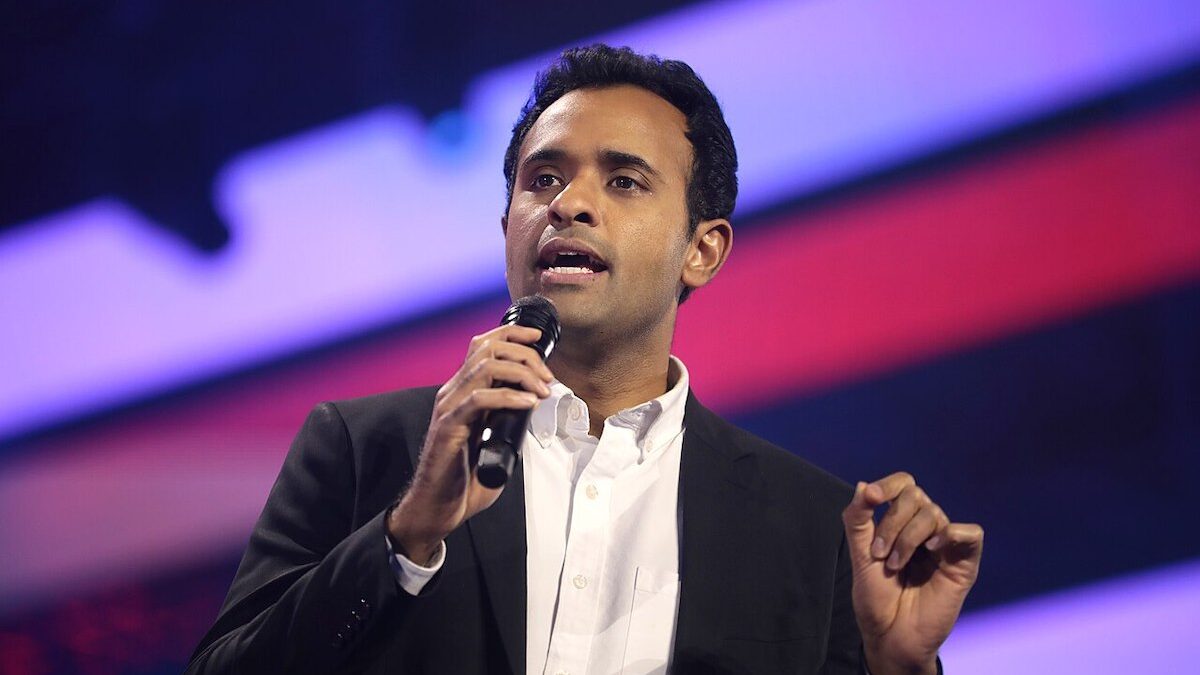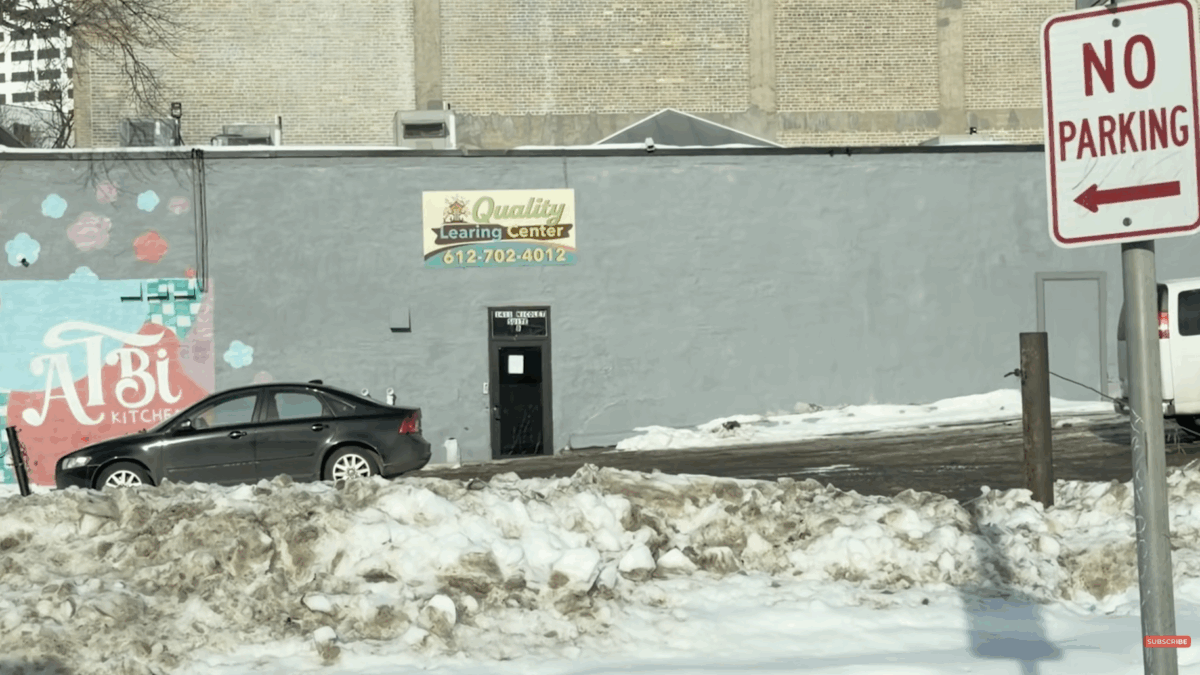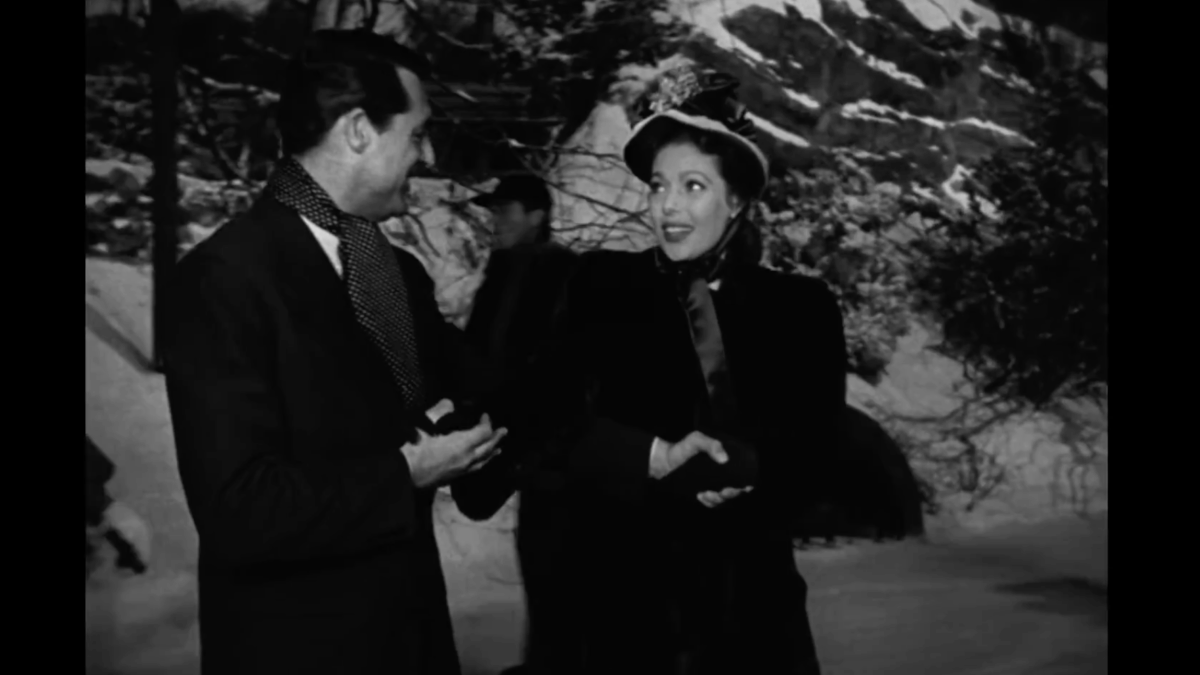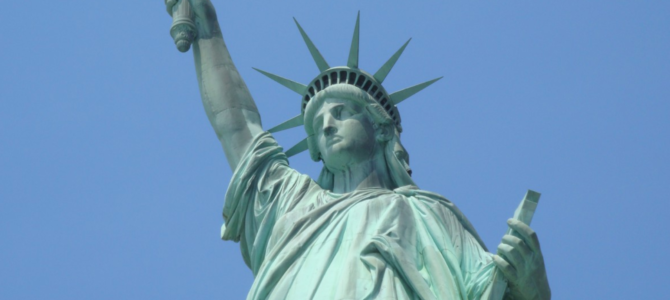
This month marks my six-year anniversary of becoming a naturalized U.S. citizen. What’s a better way to celebrate it than visiting the Statue of Liberty? I had been to New York City many times and had admired her from a distance, but somehow a visit to the statue just couldn’t fit into my schedule in the past.
For this trip, however, my husband and I made sure we set aside plenty of time just for her. To save time, we stayed in a hotel only a few minutes’ walk from Battery Park, a famed historical park at the very southern tip of Manhattan, where one can catch a ferry to tour the Statue of Liberty and Ellis Island.
Our visit fell on a beautiful, early autumn day in New York. We couldn’t have asked for better weather. Few clouds littered the crystal-blue sky, and bright sunlight wrapped around me like a warm blanket. Mingling with joggers, bikers, and other tourists, we strolled to Battery Park, which is known for its garden.
Despite the calendar having flipped to fall, the park seemed to remain in summer. Everywhere we turned, our eyes met lush green grass, vibrant tree branches, and brilliant yellow and pink daisies. The people who joined us waiting for the ferry were just as colorful and diverse as the garden. We saw a variety of skin colors and heard many languages. But our differences didn’t matter because we all shared a common destination.
The ride from Battery Park to Liberty Island is a short one. Not long after we sat down, my husband looked out the window and said, “There she is.” I followed his gaze and saw the colossal figure.
The ferry did a good job of letting us admire her from all angles. The green goddess was more magnificent than I had imagined. She greeted me like an old friend — after all, I had seen her images many times before.
At the same time, the sight of her still made my heart pound, and I was filled with excitement and joy. I couldn’t help wondering: Was this how millions of immigrants felt when they first saw her and knew they had finally arrived at the land of freedom and opportunity?
The Statue of Liberty Welcomed Gibbon Raleigh
It was said that her creator, French sculptor Auguste Bartholdi, chose this island as the site for the statue because he wanted it to be visible to every ship entering New York Harbor, the “gateway to America.” At the statue’s dedication ceremony on Oct. 28, 1886, President Grover Cleveland proudly proclaimed that “liberty has here made her home. … Her light shall piece the darkness of ignorance and man’s oppression until liberty enlightens the world. ”
My husband was quiet. I inquired what he was thinking. He uttered one word: “Gibbon.” Of course, he was thinking of Gibbon Raleigh, his great-grandfather. Gibbon was born in the Irish village of Castlemahon in Limerick County. At the age of 20, in 1908, he set out from the port of Queenstown and made his way to New York. After a grueling two-week sea journey, the Statue of Liberty must have been a comforting sight for him.
Family lore holds that he came as part of an arranged marriage to Mary Ellen Clark of Chicago, a dark-haired beauty he had never met before. Mary Ellen was the daughter of an alderman, and a marriage to an Irishman would have served her family well in winning the increasingly important Irish vote. The arranged marriage worked out for Gibbon Raleigh too, because Mary was an attractive and talented young lady. She made a living by playing the piano for silent movies. Thus, Gibbon started the tradition of Raleigh men marrying pretty brunettes.
Unfortunately, Gibbon’s stay in America was not a long one. In 1913, nine months after the birth of his first son, Gibbon passed away. The connection to Ireland remained in the family, however. Gibbon’s son, John, married an Irish brunette, Veronica O’Donnell, and settled in Omaha, Nebraska.
Veronica owned a book of Irish surnames. When a member of the family brought someone home, Veronica would check the guest’s surname in the book to validate the extent of his or her Irish blood. She felt a special kinship to anyone who bore an Irish name.
John and Veronica had seven children: four sons and three daughters. Their second son, James Raleigh, is a proud U.S. Marine, a Vietnam War veteran who won a Purple Heart and Silver Star for his bravery in combat, and the father of my husband, Mike.
I Experienced a Different ‘Gateway to America’
My own journey to America was far less dramatic than Gibbon’s. In 1996, I came to the United States as a student. My “gateway to America” was JFK Airport, a much less impressive site than the Statue of Liberty. After a 14-hour flight, I was tired and not quite sure where I was, since the outdated interior of the U.S. customs desk at JFK seemed not too different from the Beijing airport where I came from.
Still, the big smile and warm greeting of “Welcome to America” from a black customs agent were comforting and reassuring. I didn’t know how my life would turn out in this land where I knew no one and had less than $100 in my pocket. But like millions of immigrants who came before me, my dream was rich, and I was determined to make it in my new homeland.
Regrettably, I never met Mike’s grandparents because they passed away before Mike and I started dating. I can’t help wondering what might have happened if I had met Veronica, because I came from China, and certainly her book would not have contained my maiden name. Mike assures me, however, that Veronica and I would have gotten along fine because we both are petite but strong-willed and unapologetically direct.
More than 100 years after Gibbon Raleigh first saw the Statue of Liberty, his great grandson and his Chinese immigrant wife crossed the same water he once traveled and saw the same statue he once saw. Life sometimes comes and goes in a full circle but with new twists.
This Is the American Story
After we got off the ferry, almost everyone else rushed to climb the pedestal and the crown. We chose to stop by the museum first. I was glad we did, because we learned something.
The building of the colossal statue is an astounding accomplishment on its own, but the building of the pedestal was another achievement in a different aspect. It was decided early on that the French would build the statue, and the Americans would build the pedestal. Individual Americans donated all funds for building the pedestal; not one penny came from the U.S. government.
In 1885, the construction had to halt because the funding was $100,000 short. Joseph Pulitzer, a Hungarian immigrant and newspaper publisher, promised to put every name of every person who contributed to this last $100,000 in his paper, The World, regardless of the amount of donation. Within five months, more than 121,000 Americans, most from working and middle-class backgrounds, helped raise this final sum by donating one dollar or less. That’s a typical American story — no government intervention, just patriotic individuals voluntarily working together to get things done.
After the museum, we strolled around the base of the statue and came to the side that faces the skyline of Manhattan. The last two days of our trip in the city, we had experienced subway delays and unbelievable traffic jams, and sometimes we had to walk through streets with smelly garbage bags piled high. It seemed everywhere we looked, we only saw problems.
Yet looking at the city from the distance, especially after learning the history and story behind the statue, the pedestal, and the island, I had a newfound appreciation for this great city. Beneath the seeming chaos, the city is so full of life, creativity, and productivity.
I can’t help thinking about our country, too. There’s a growing effort to put this country down. We are told this country has a shameful history and has never overcome its original sin. It is full of problems, and it isn’t so great after all.
I wish people who say such things would travel outside the United States, not as a tourist for a week or two, but actually spend some time living abroad. Immigrants like me who have lived in places with neither economic nor political freedom can attest that this is the greatest nation on earth, and we are so glad to be part of it.
As I admired the skyline of Manhattan, especially the shining Freedom Tower, I remembered a letter I had read in the museum. It was written to the Statue of Liberty by a grateful immigrant in 1984: “You have kept most of your promises and I have done the best I could. I have not grown rich, but have been happy.”
On our way back to the ferry, my husband asked me, “What do you think?” I told him, “She has kept most of her promises, and I am happy.”


